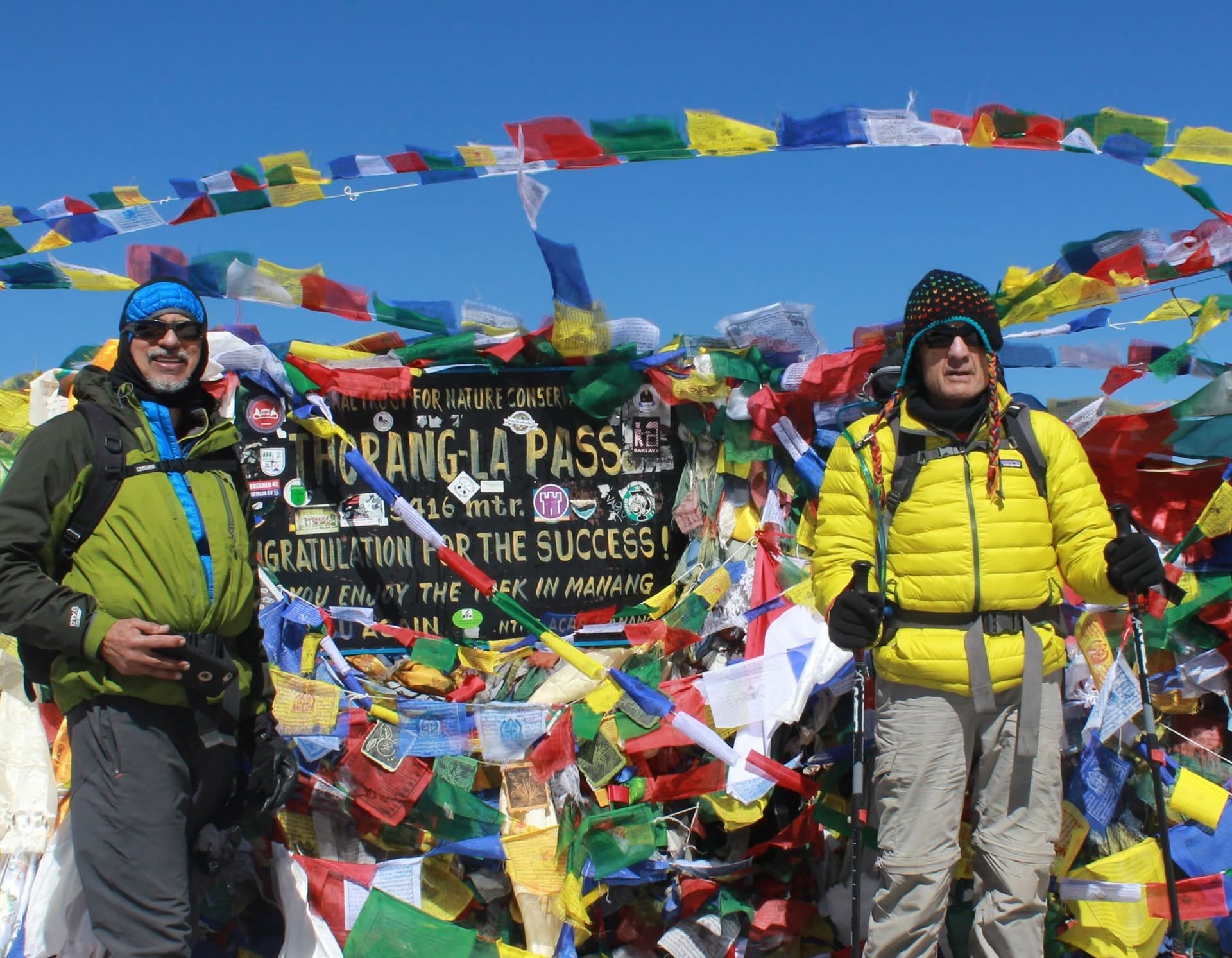Lumbini, being the birthplace of Lord Buddha is one of the holiest destinations for Buddhists. This is the place where Lord Buddha, one of the greatest teachers in the world, was born. His teachings have transformed the lives of so many people and continue to do so.
Located on the southern Terai plains of Nepal, Lumbini is a protected UNESCO World Heritage Site. The archeological ruins discovered in and around Lumbini and Kapilvastu proves the existence of Gautama Buddha.
What makes Buddhism unique from other religions is the fact that Gautama Buddha, the founder of the religion, was a real person and not a myth. Other religions like Hinduism, Islam, Christianity, and Judaism all revolve around mythological deities. But archeological discoveries have proven the existence of Sakyamuni Buddha, Buddhism's central figure.
Known as the Light of Asia, Gautama Buddha is regarded as one the world's greatest and most influential teachers in the world. He was born as a Sakya prince in Lumbini in 623 BC. Queen Mayadevi gave birth to the little prince while she was on her way to her maternal home (Devadaha). A marker stone inside the Mayadevi Temple shows the exact spot where Sakyamuni Buddha was born.
Stretching over four kilometers, the sacred area around Lumbini is divided into three zones – the Sacred Garden, Monastic Zone and Cultural Centre, and New Lumbini Village.
Highlights of Lumbini
- Mayadevi Temple houses archeological ruins and a marker stone marking the spot where Sakyamuni Buddha was born. Inside this white structure, archeologists have discovered ruins of a building and artifacts dating back to 600 BC.
- Ashoka Pillar, which stands outside the Mayadevi Temple dates back to 249 BC. The pillar was erected by Mauryan emperor Ashoka who visited Lumbini and declared the spot the birthplace of Lord Buddha. The inscription on the pillar written in the Brahmi script is one of the oldest written inscriptions discovered in Nepal.
- Pushkarini Pond is the body of water where Lord Buddha received his first bath after he was born.
- Explore the beautiful monasteries built by Buddhist countries – Thailand, Myanmar, Cambodia, Tibet, Japan, China, South Korea, Vietnam, etc.
- Visit the Lumbini Museum which has a collection of rare Buddhist texts, artifacts, sculptures, and relics. It is built in a unique barrel-shaped architectural style designed by the renowned Japanese architect Kenzo Tange.
- Take a boat ride along the central canal and visit the beautiful shrines located on either side of the canal.
- Meditate under the sacred Bodhi tree in the Sacred Garden and feel the positive energy of the place.
- Take an excursion to the nearby villages of Tilaurakot and Kudan and explore the ruins of the Sakya palace(Gautama Buddha's childhood home) and the Vihar where Lord Buddha ordained his son Rahula.
How to get Lumbini?
Lumbini is connected to the rest of Nepal by the Siddhartha Highway. The nearest airport is in Bhairahwa. Private airlines as well as the national carrier operate daily flights to Bhairahwa from major cities like Kathmandu and Pokhara. The Indo-Nepal border town of Sunauli just lies 22 kilometers from Lumbini.
The newly opened Gautam Buddha International Airport in Bhairahwa aims to connect Lumbini with different foreign hubs. At present Al Jazeera Airlines is operating daily flights to Bhairahwa from Kuwait while Himalaya Airlines operates flights to Kuala Lumpur. Plans are underway to connect the airport with more international hubs.
Now it will be easier for Buddhist pilgrims living overseas to get to Lumbini. Instead of making a long flight to Kathmandu and taking a ride or flight to Bhairahwa, they can fly directly to Bhairahwa from an international hub.
Other Attractions
World Peace Pagoda – This striking white pagoda located towards the north of Lumbini Sacred Garden has been built by the Nipponzan Myohoji or the Japan Buddha Sangha. It has three tiers and the top tier has four statues of Lord Buddha facing in four directions.
Tilaurakot – Lying about twenty-five kilometers from Lumbini, the village of Tilaurakot has the ruins of the ancient Sakya kingdom where Lord Buddha spent his first 29 years. The archeological discoveries include ruins of a palace, ponds, temples, roads, sculptures, pottery, etc. The artifacts discovered at the site are displayed at the nearby Kapilvastu Museum.
Crane Sanctuary – The Crane Sanctuary provides a safe habitat for the Sarus cranes of the area. The sanctuary lies close to the World Peace Pagoda. It is a tranquil spot where you can enjoy nature and watch the birds in peace.
Kudan – The archeological site of Kudan is located about six kilometers from Tilaurakot. Ruins of a vihara, stupa, ponds, and other structures have been discovered here at this sacred site. Known as the Nigrodharam Vihar, this was the place where Lord Buddha met his father King Suddhodhana after leaving the palace. This is also the place where Lord Buddha's son Rahula was ordained as a Buddhist monk.
Best Season to visit Lumbini
Although Lumbini can be visited at any time of the year, the ideal seasons are autumn and winter. The weather is cool and pleasant around this time. It gets hot and humid around spring and summer.
Buddha Jayanti or the birth anniversary of Lord Buddha is a great time to visit this place. There are prayers and celebrations held at many venues. During the night the whole area is lit up with electric lights, candles, and oil lamps making the whole Sacred Garden area look spectacular.
Lumbini has a tropical climate and during the summer season, the temperatures shoot up to well over 40° Celcius. Don't forget to carry sunscreen lotion and bug spray or insect repellent with you when you are traveling to Lumbini.
Conclusion
For devout Buddhists, Lumbini is the holiest pilgrimage destination as this is the place where Buddhism really began. Lumbini also offers a glimpse of Nepal's rich history for tourists curious to learn more about Nepalese culture and history. The archeological sites and the beautifully designed Lumbini zone is a must-visit destinations for one and all. Check out recommended 5-day tours to Nepal including Lumbini.



